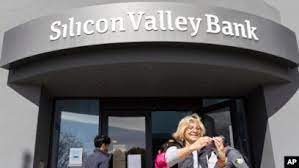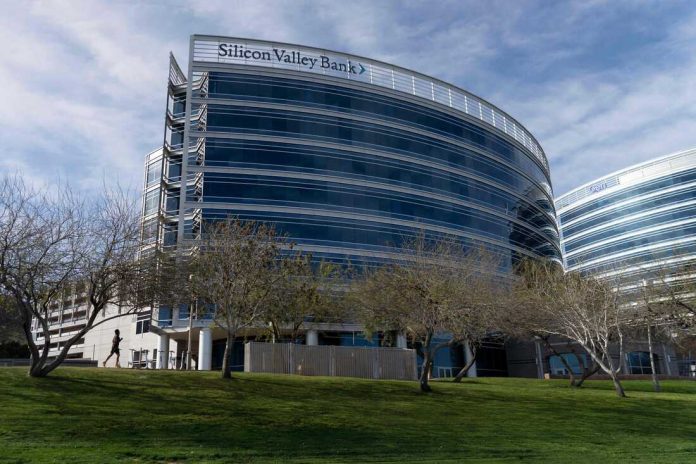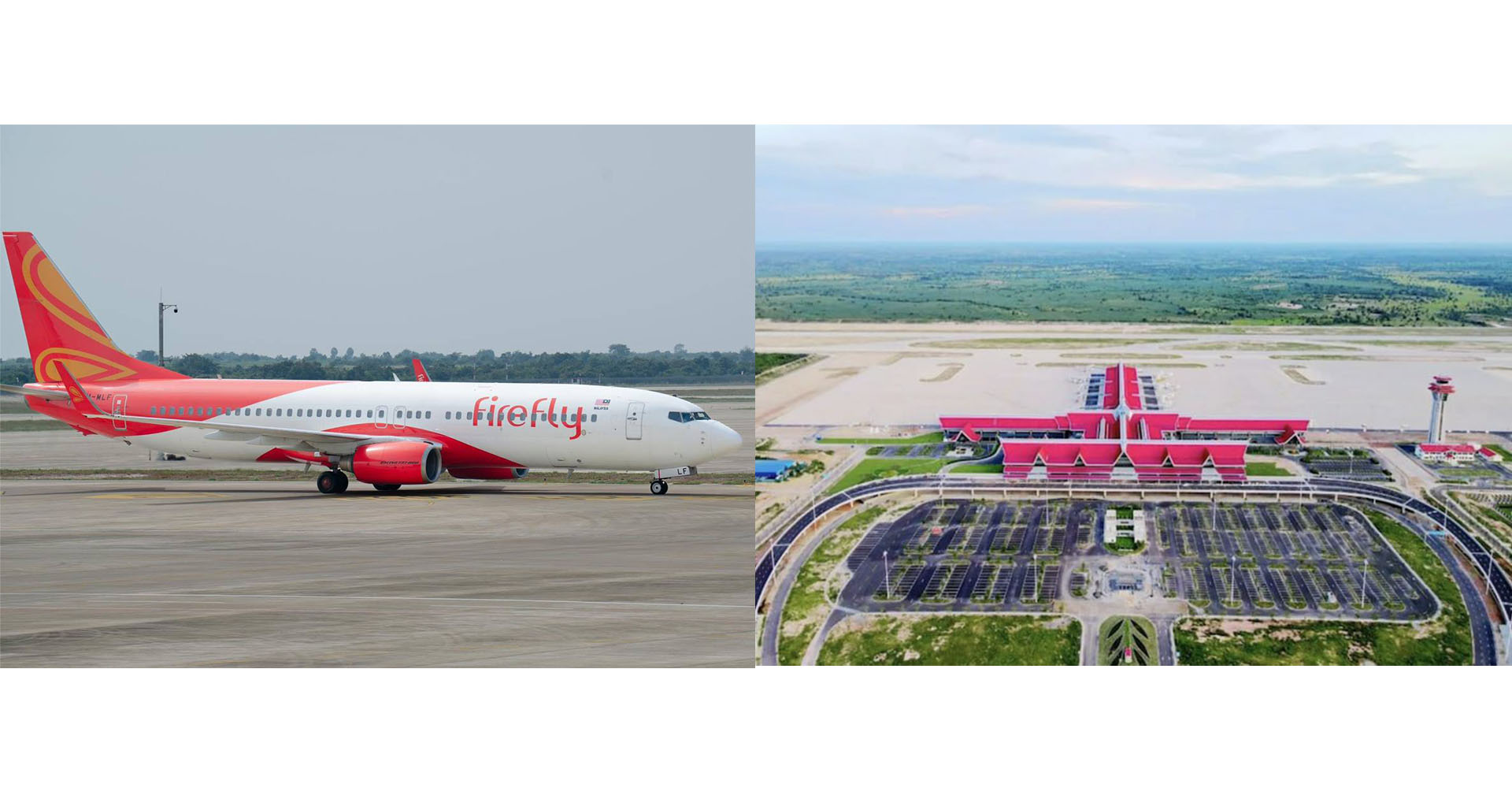Silicon Valley Bank collapsed with astounding speed on Friday. Investors are now on edge about whether its demise could spark a broader banking meltdown.
The US federal government has stepped in to guarantee customer deposits, but SVB’s downfall continues to reverberate across global financial markets. The government has also shut down Signature Bank, a regional bank that was teetering on the brink of collapse, and guaranteed its deposits.
In a sign of how seriously officials are taking the SVB failure, US President Joe Biden told Americans Monday that they “can rest assured that our banking system is safe,” adding: “We will do whatever is needed on top of all this.”

-->

Why did it collapse?
SVB’s collapse came suddenly, following a frenetic 48 hours during which customers yanked deposits from the lender in a classic run on the bank.
But the root of its demise goes back several years. Like many other banks, SVB ploughed billions into US government bonds during the era of near-zero interest rates.

What seemed like a safe bet quickly came unstuck, as the Federal Reserve hiked interest rates aggressively to tame inflation.
When interest rates rise, bond prices fall, so the jump in rates eroded the value of SVB’s bond portfolio. The portfolio was yielding an average 1.79% return last week, far below the 10-year Treasury yield of around 3.9%, Reuters reported.
At the same time, the Fed’s hiking spree sent borrowing costs higher, meaning tech startups had to channel more cash towards repaying debt. At the same time, they were struggling to raise new venture capital funding.
That forced companies to draw down on deposits held by SVB to fund their operations and growth.
Source: CNN


















